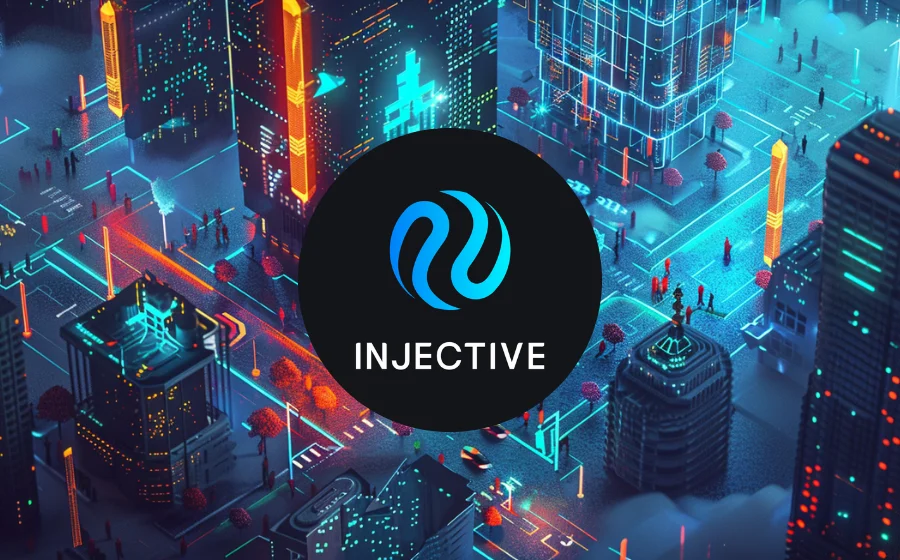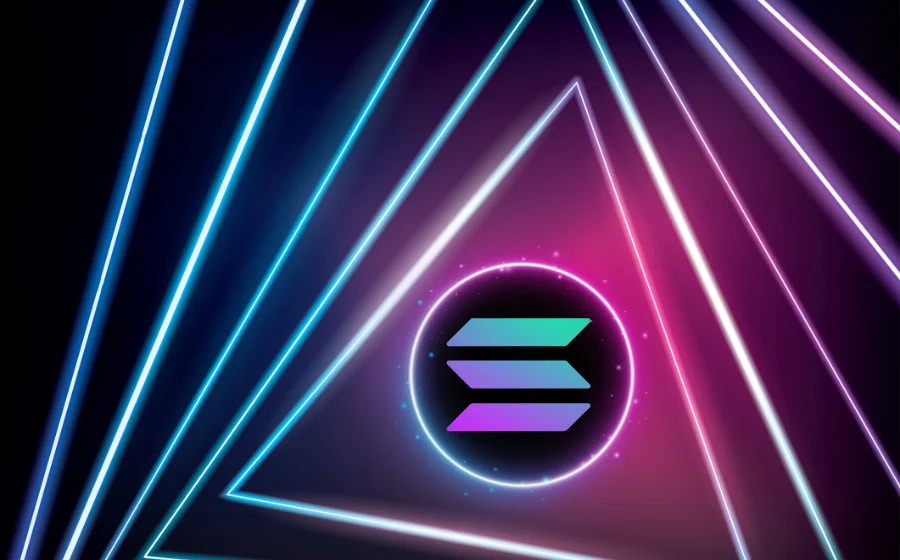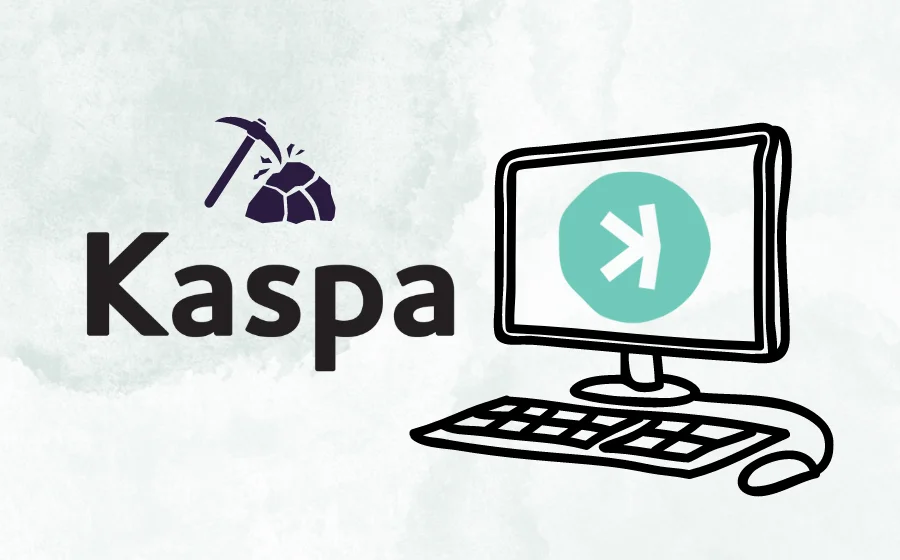
KEYTAKEAWAYS
- Injective ($INJ) supports a fully decentralized on-chain order book, resistant to miner extractable value (MEV).
- The platform is interoperable with Ethereum, IBC-supported blockchains like Cosmos, and non-EVM chains like Solana.
- Injective offers a high-speed smart contract platform based on CosmWasm, using a Tendermint-based PoS consensus for fast performance.

CONTENT
Injective ($INJ) is a blockchain designed for the financial industry, offering an open, interoperable Layer 1 solution for DeFi applications like spot and derivatives exchanges, prediction markets, and lending protocols.
WHAT IS INJECTIVE ($INJ)?
Injective is a blockchain tailored for the financial industry, offering an open and interoperable Layer 1 solution for next-generation decentralized finance (DeFi) applications, including spot and derivatives exchanges, prediction markets, and lending protocols. It features a fully decentralized on-chain order book resistant to miner extractable value (MEV).
Injective supports all financial markets—spot, perpetual, futures, and options—fully on the blockchain. It also provides decentralized cross-chain bridging with Ethereum, IBC-supported blockchains (like Cosmos), and non-EVM chains like Solana.
As a project incubated by Binance Labs, Injective was the first Layer 2 decentralized trading protocol. It offers a highly interoperable smart contract platform based on CosmWasm, built with the Cosmos SDK, using a Tendermint-based PoS consensus for instant transaction finality and high-speed performance (over 10,000 TPS). Users can trade tokens from the Cosmos ecosystem, such as $INJ and $ATOM, as well as from other chains like BNB Chain and Ethereum.
-
What is $INJ?
$INJ is the native utility token of Injective, serving multiple purposes including protocol governance, dApp value capture, PoS security, developer incentives, and staking. Here are the primary uses of $INJ:
- Proof-of-Stake Security: $INJ token holders can stake their tokens to earn rewards for securing the Injective protocol.
- Governance: $INJ token holders can vote on changes to the Injective Protocol, influencing the future development of the platform.
- Relayer Incentives: Relayers who initiate orders can earn up to 40% of the transaction fees (paid in $INJ) from the orders they source.
- Exchange Fee Value Accrual: The remaining 60% of the transaction fees are burned, reducing the supply of $INJ.
- Collateral for Derivatives: $INJ can be used as margin and collateral in derivative markets.
The burn auction on Injective is particularly unique as 60% of all fees collected from dApps are auctioned off each week through a buy-back and burn mechanism. This process drastically reduces the supply of $INJ over time. The uniqueness of the $INJ burn auction lies in its contribution to value accumulation for the entire Injective ecosystem. Currently, Injective boasts the highest token burn rate in the industry.
>>> More to read : What is Solana? The Ethereum killer
HOW DOES INJECTIVE ($INJ) WORK?
Injective Protocol comprises several components that support its decentralized exchange functions and development.
1. Injective Exchange
Injective Exchange is an order book model exchange based on the popular 0x protocol. The Injective team has open-sourced all components of the exchange, aiming to build a transparent and accessible platform. These open-source components include the user interface, smart contract functionality, and order management system.
Injective Exchange also aims to eliminate front-running by implementing a Trade Execution Coordinator (TEC). The TEC introduces a delay to ensure that new orders cannot be placed ahead of older ones, thereby addressing the issue of certain market makers or bots gaining privileged information.
2. Injective API
The Injective API nodes serve two purposes: (1) to act as the data layer for the protocol, and (2) to provide trade relay services.
Injective API nodes function as a decentralized data layer for external clients. Each Injective API node indexes data from the Injective blockchain in real-time and offers high-performance, low-latency APIs. These APIs are compatible with various use cases, including but not limited to: hosting application user interfaces such as exchanges, programmatic trading and high-frequency market making, as well as hosting various dApps, analytics interfaces, and block explorers. Additionally, Injective API nodes can opt to provide trade relay services, enabling applications to send zero gas fee transactions via Injective’s fee delegation mechanism.
3. Injective Chain
Injective Chain is a decentralized exchange (DEX) protocol based on Cosmos that also allows the transfer and trading of Ethereum tokens. This chain aims to address the scalability and throughput limitations encountered by many Layer 1 blockchains while still allowing developers to use familiar Ethereum development tools.
Traders can access multiple modules within the Injective Chain DEX:
- Auction: Allows token holders to bid on a basket of tokens accumulated from exchange transaction fees. The INJ tokens paid by the highest bidder will be burned or removed from circulation.
- Exchange: Helps traders create and trade new spot and derivative markets. Order book management, trade execution, order matching, and settlement are all managed programmatically on-chain.
- Insurance: Provides support for underwriters who back derivative markets hosted by the exchange.
- Oracle: Acquires real-world price data (e.g., traditional stock market data) to set asset prices on the INJ exchange.
- Peggy: Connects Injective Protocol with the Ethereum blockchain, allowing ERC-20 token holders to convert their tokens into native Cosmos tokens.
4. Injective Bridge
Injective Bridge offers decentralized cross-chain bridging infrastructure with Ethereum and any blockchain that supports IBC. The Ethereum bridge is decentralized, secured by validators of the Injective chain, and supported by Injective’s custom Peggy bridge system. Notably, in addition to standard ERC-20 transfers, Injective supports the transfer of arbitrary data, enabling novel cross-chain execution and smart contract interoperability with Ethereum. As an IBC-supported blockchain, Injective also facilitates cross-chain bridging with any other IBC-enabled blockchain, granting developers and users access to assets from hundreds of other blockchains.
5. Injective Hub
Injective Hub is a dashboard providing users with the overview and functionalities needed to fully leverage the Injective Protocol.
Users can access Injective Hub to stake their $INJ and become network validators responsible for maintaining the security of the Proof-of-Stake blockchain. $INJ holders can also delegate their tokens to network validators and earn a share of the rewards in return.
Injective Hub is also the place where community members can propose and vote on proposals that will shape the future of Injective. Examples of proposals include new trading pairs, platform features, and governance procedures.
>>> More to read : Bittensor (TAO): Crypto and AI Collaboration
ADVANTAGES OF INJECTIVE ($INJ)
Injective (INJ) boasts several key advantages:
- Purpose-Built for DeFi: Injective is the only blockchain specifically designed for DeFi applications, tailored for the financial sector as the first industry-specific blockchain.
- Native Decentralized Order Book: Injective is the only interoperable blockchain with a native decentralized order book infrastructure, supporting all financial primitives (spot, perpetual contracts, options, expiring futures, etc.).
- High Interoperability: Built using the Cosmos SDK, Injective integrates with Wormhole, making it compatible with multiple major layers, including Ethereum, Moonbeam, Solana, Polygon, and Avalanche.
- Smart Contracts with CosmWasm: Injective enables smart contracts through CosmWasm, with a unique implementation allowing contracts to execute automatically on each block.
- MEV Resistance: Injective is completely resistant to miner extractable value (MEV) due to its frequent batch auction model for transaction processing.
- Native Support for Ethereum Tools: Injective supports native Ethereum tools. For instance, anyone can access Injective using MetaMask without switching networks, eliminating any switching costs for users.
- Fast Block Time: Injective has a block time of 1.1 seconds, making it one of the fastest blockchains in the world.
- Speed and Cost Efficiency: Injective is over 1000 times faster and more than 1000 times cheaper than Ethereum.
>>> More to read : Fetch.ai: Decentralized Artificial Intelligence Platform
FAQ
- What is Injective (INJ) ?
Injective Protocol is an interoperable Layer 1 blockchain designed for DeFi applications. It offers financial primitives like a fully decentralized order book, supporting exchanges and prediction markets.
▶ Buy Crypto at Bitget
ꚰ CoinRank x Bitget – Sign up & Trade to get $20!


















